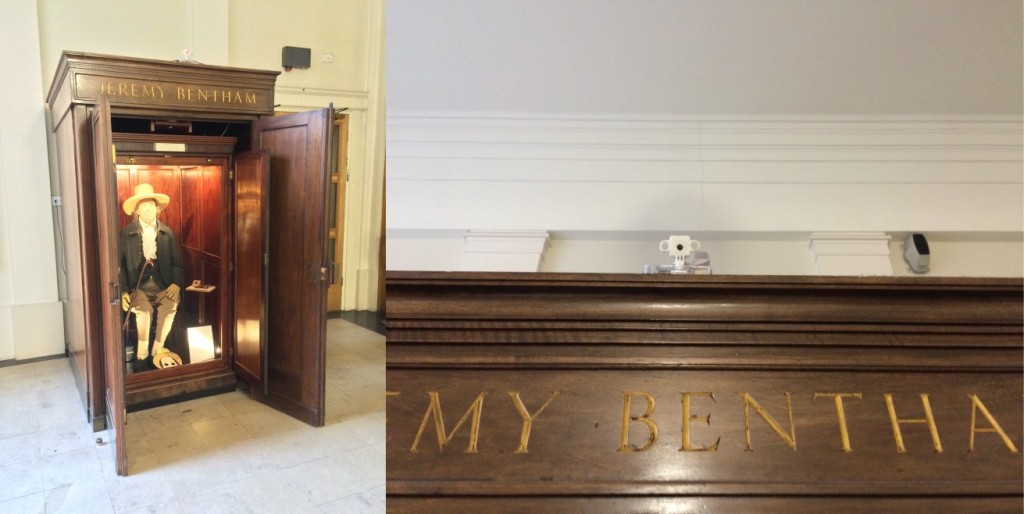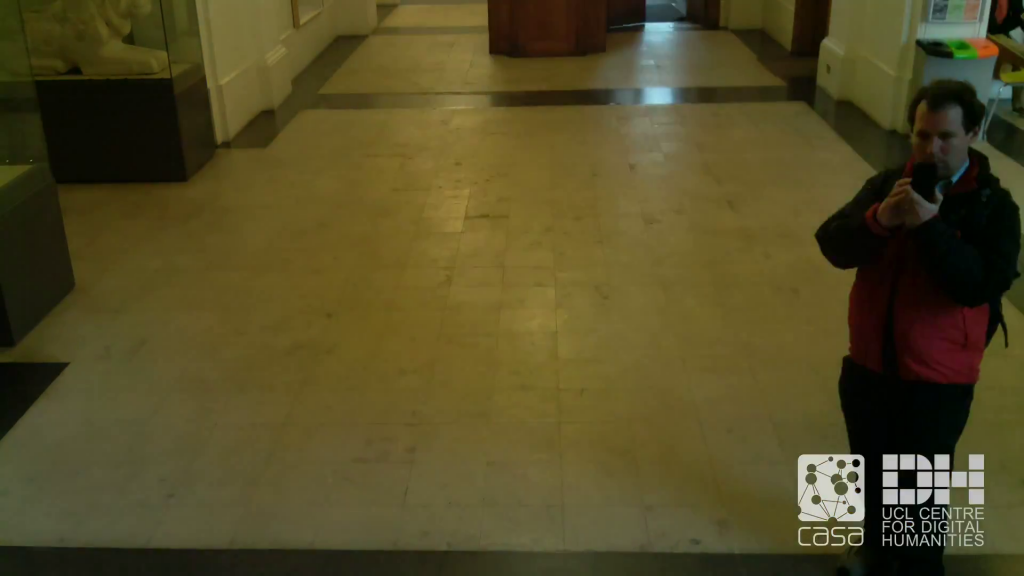The Chip and PIN card payment system has been mandatory in the UK since 2006, but only now is it being slowly introduced in the US. In western Europe more than 96% of card transactions in the last quarter of 2014 used chipped credit or debit cards, compared to just 0.03% in the US.
Yet at the same time, in the UK and elsewhere a new generation of Chip and PIN cards have arrived that allow contactless payments – transactions that don’t require a PIN code. Why would card issuers offer a means to circumvent the security Chip and PIN offers?
Chip and Problems
Chip and PIN is supposed to reduce two main types of fraud. Counterfeit fraud, where a fake card is manufactured based on stolen card data, cost the UK £47.8m in 2014 according to figures just released by Financial Fraud Action. The cryptographic key embedded in chip cards tackles counterfeit fraud by allowing the card to prove its identity. Extracting this key should be very difficult, while copying the details embedded in a card’s magnetic stripe from one card to another is simple.
The second type of fraud is where a genuine card is used, but by the wrong person. Chip and PIN makes this more difficult by requiring users to enter a PIN code, one (hopefully) not known to the criminal who took the card. Financial Fraud Action separates this into those cards stolen before reaching their owner (at a cost of £10.1m in 2014) and after (£59.7m).
Unfortunately Chip and PIN doesn’t work as well as was hoped. My research has shown how it’s possible to trick cards into accepting the wrong PIN and produce cloned cards that terminals won’t detect as being fake. Nevertheless, the widespread introduction of Chip and PIN has succeeded in forcing criminals to change tactics – £331.5m of UK card fraud (69% of the total) in 2014 is now through telephone, internet and mail order purchases (known as “cardholder not present” fraud) that don’t involve the chip at all. That’s why there’s some surprise over the introduction of less secure contactless cards.

